Shandong’s Next Act: Why Global Investors Are Doubling Down on This Industrial Giant
本文包含AI辅助创作内容
Once known primarily for heavy industry and coastal ports, Shandongis stepping into a new role on the global investment stage. As China's second-largest provincial economy, it's now attracting a new wave of foreign direct investment (FDI) — not just in volume, but in strategic depth and technological sophistication.
A Quiet Surge of Global Interest
In Q1 2025, FDI into Shandong grew 7.3% year-on-yearto RMB 22.7 billion, despite national FDI inflows experiencing downward pressure. This trend mirrors 2024, when Shandong attracted RMB 83.7 billion in actual foreign investment, a 3.1% annual increase — positioning it among China's few provinces to maintain positive growth in inbound capital.
Behind this performance lies a series of focused reforms and incentives. The “Catalogue of Encouraged Industries for Foreign Investment (2024 Edition)”continues to guide capital toward key sectors like high-end equipment, green energy, and biopharma — all of which are heavily represented in Shandong's industrial landscape.

What's Driving the Shift?
1. Industrial Upgrading with Global Standards
Long a hub for chemicals, machinery, and heavy equipment, Shandong is undergoing a transformation toward intelligent manufacturing and green production. More than 1,000 smart factories and digital workshopshave been established under the provincial “Action Plan for Manufacturing Excellence (2023–2025)”, aimed at accelerating digital adoption and carbon reduction.
New investment is shifting into high-tech zones, where foreign companies are eligible for corporate income tax reductions (down to 15%)under China's State Council guidelinesfor encouraged sectors in western and central regions — policies which Shandong applies through cities like Jinan and Yantai.
2. A Logistics Hub with Growing Depth
Shandong's coastlines offer direct maritime access to Japan, Korea, and ASEAN, with Qingdao Portranked among the world's top ten by cargo throughput. Meanwhile, the “Shandong Inland Port Expansion Plan”is enhancing multi-modal logistics in cities like Linyi, Dezhou, and Zibo, which now host customs-bonded logistics parksfor cross-border e-commerce and industrial exports.
The RCEP (Regional Comprehensive Economic Partnership), which took full effect in China in 2022, has amplified Shandong's trade with member states, particularly in automotive parts, medical devices, and processed food — sectors where FDI is now accelerating.
3. Regulatory Access and Investor-Focused Governance
Shandong is one of the pilot regions implementing China's “Negative List” for Foreign Investment Access, offering clear, transparent boundaries for what foreign firms can and cannot do — a model praised by the EU Chamber of Commerce for improving predictability.
Cities like Qingdao and Jinan have also adopted “One Enterprise, One Policy”frameworks to support large foreign-invested projects, especially in chemicals, hydrogen, and semiconductors. Foreign-invested enterprises (FIEs) benefit from dedicated service teams, land-use guarantees, and fast-track permitting — part of a broader push under the “Opinions on Further Optimizing the Foreign Investment Environment and Increasing Foreign Investment Attraction” (2023, State Council).
Who's Investing — and Where?
Germany's Dürr Groupexpanded its industrial coating systems in Qingdao and added a new R&D unit in Zibo.Singapore-based GLPscaled smart warehousing operations in Linyi and Jining, connecting inland SMEs with global logistics networks.
A Japanese-European joint venturebegan constructing a low-carbon specialty chemicals plant in Dongying, supported by local green financing mechanisms.
Meanwhile, Shandong is seeing growing interest from mid-sized European and Southeast Asian manufacturers, especially those seeking China-based R&D, local supply chains, and regional headquarters— an increasingly common “China + 1” strategy adapted for scale and resilience.
Why It Matters for Global Firms
With more than 10,000 “Little Giant” enterprises(highly specialized, innovation-driven SMEs) and 231 national-level manufacturing champions, Shandong is betting on specialization over scale. This complements national trends — including the push for new productive forces, a term emphasized in China's 2024 Government Work Report to describe high-value growth driven by science, technology, and advanced manufacturing.
Foreign investors entering Shandong today aren't just outsourcing — they're co-developing, prototyping, and supplying both the China market and export destinations across Asia.
For global businesses seeking a stable, industrially deep, and policy-aligned partner in China, Shandong presents an increasingly compelling case: not as an emerging frontier, but as a proven platform ready for the next phase of collaboration.









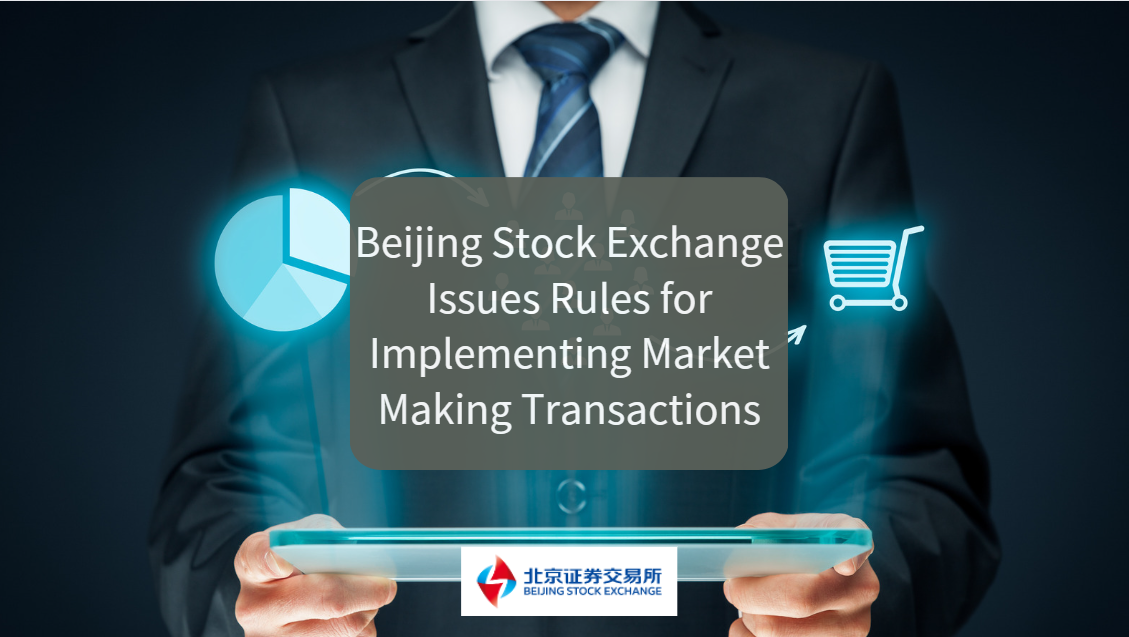

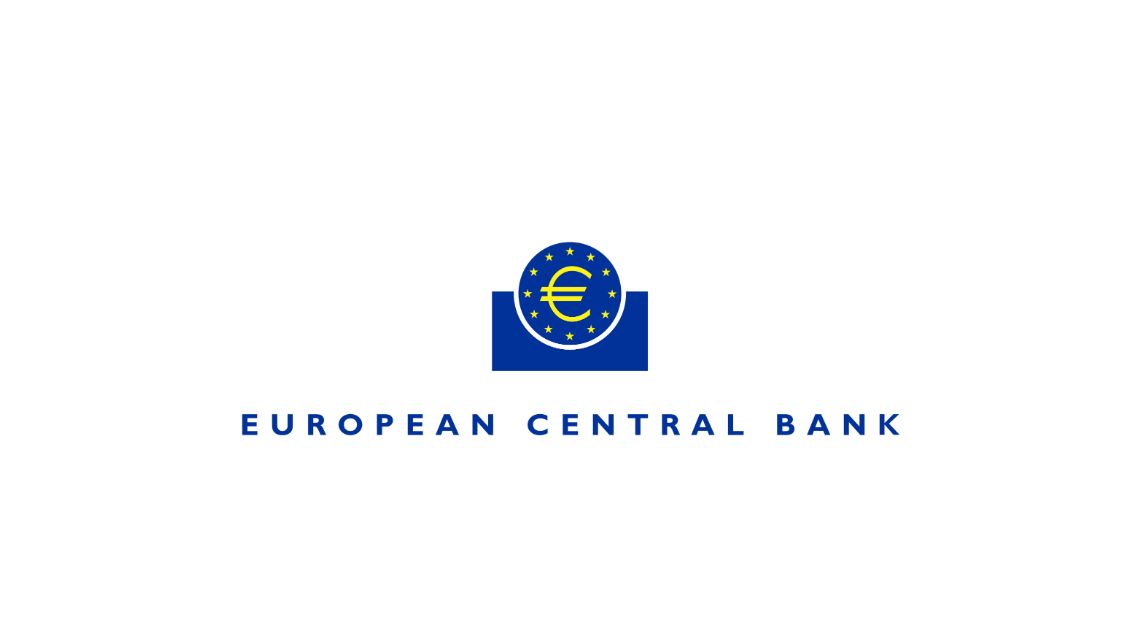
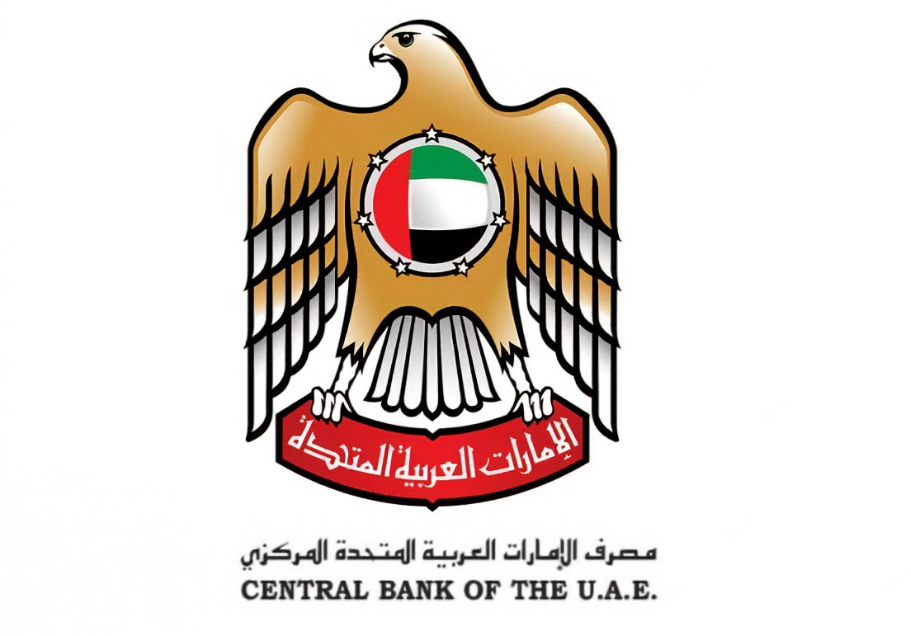
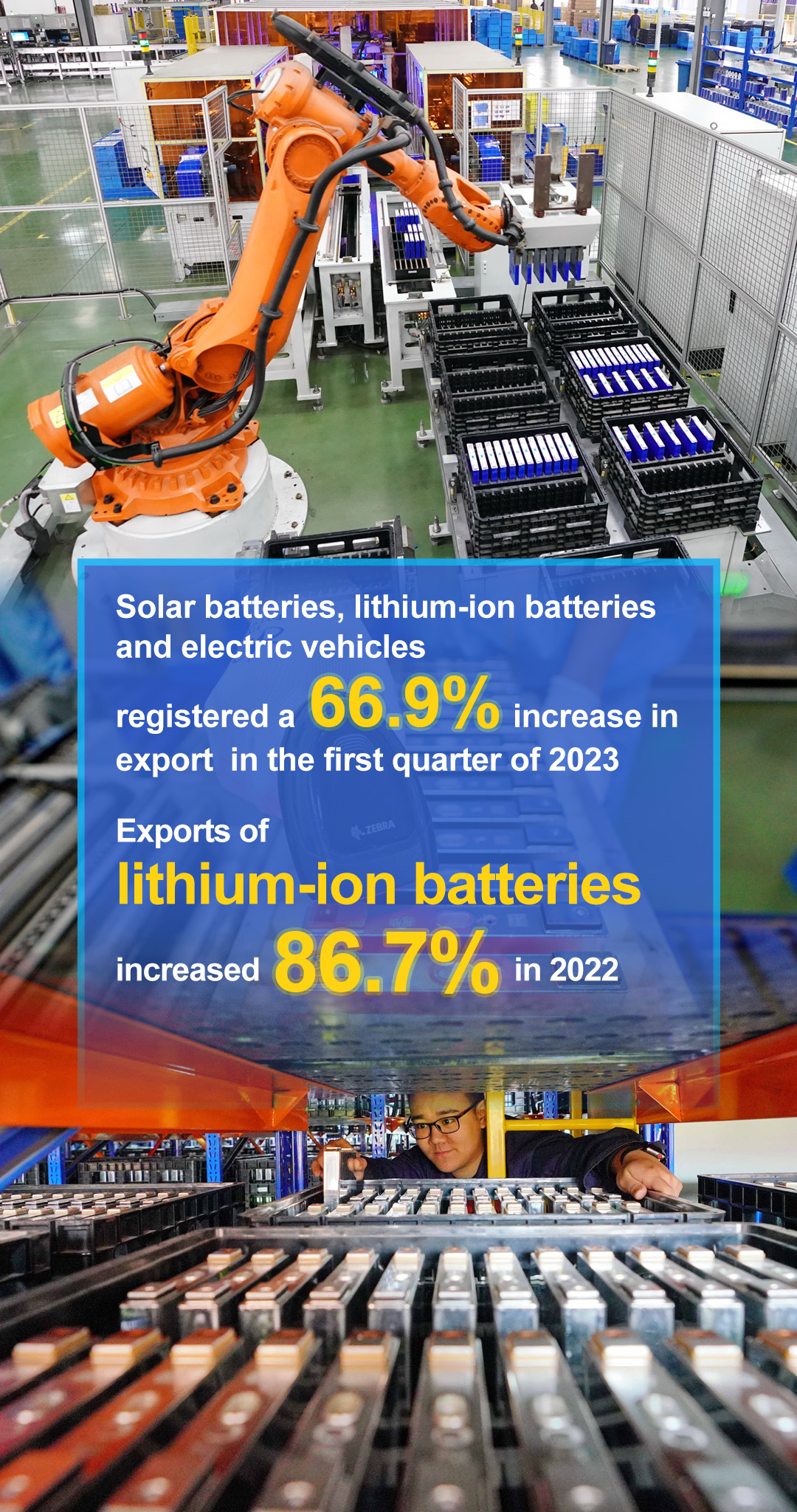
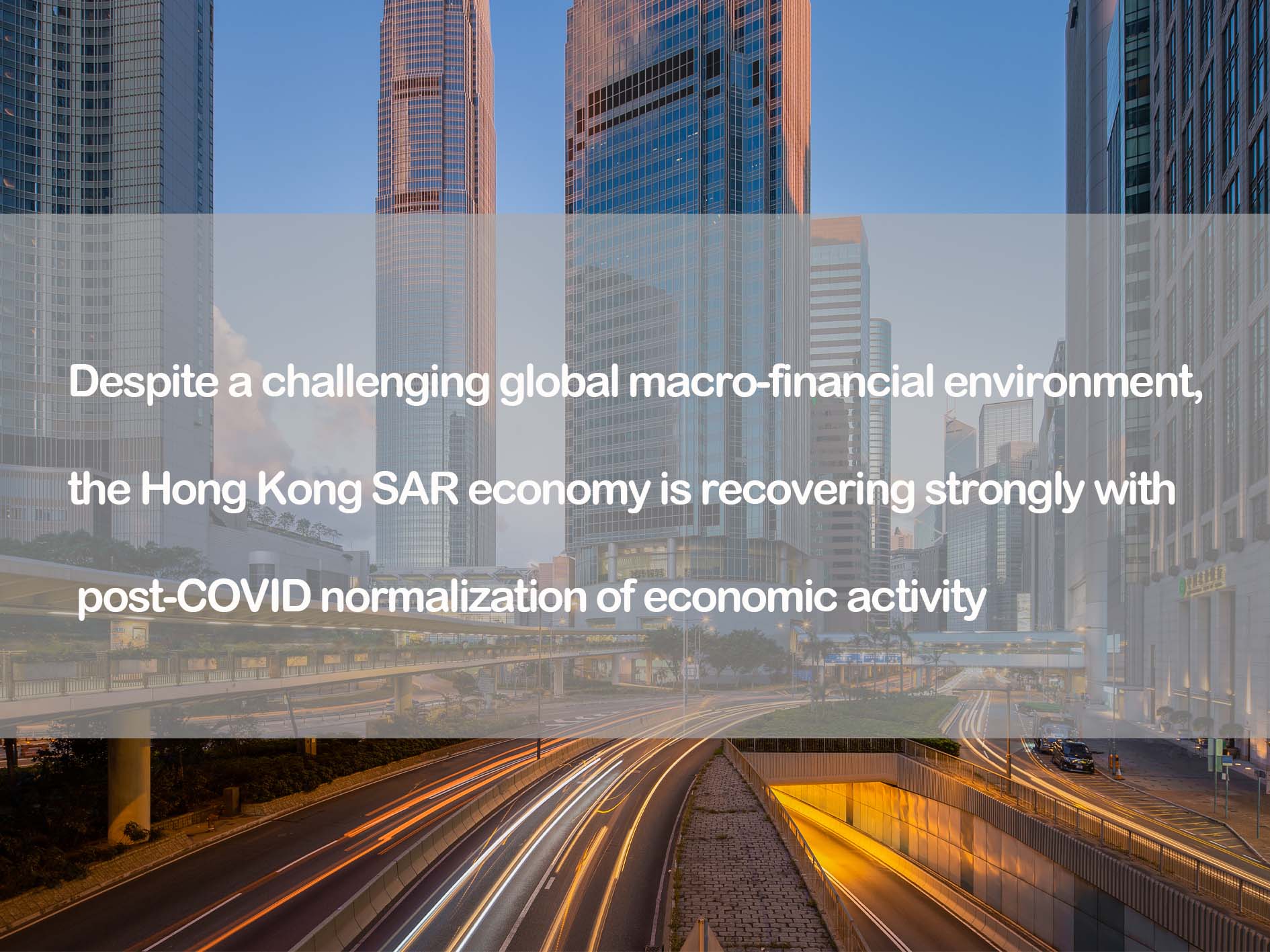



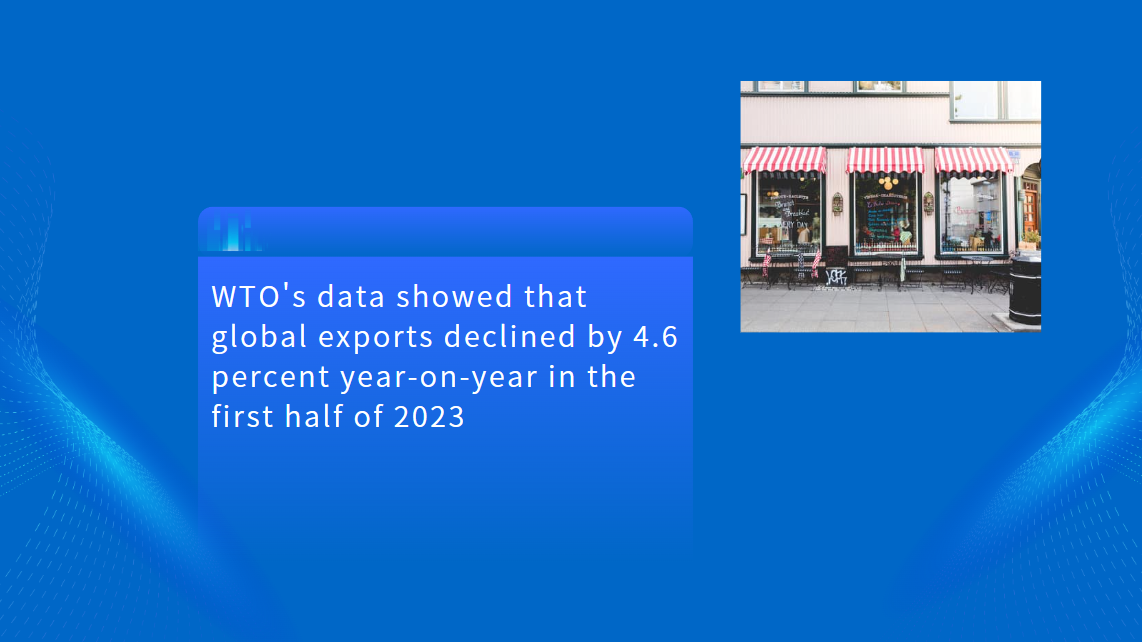
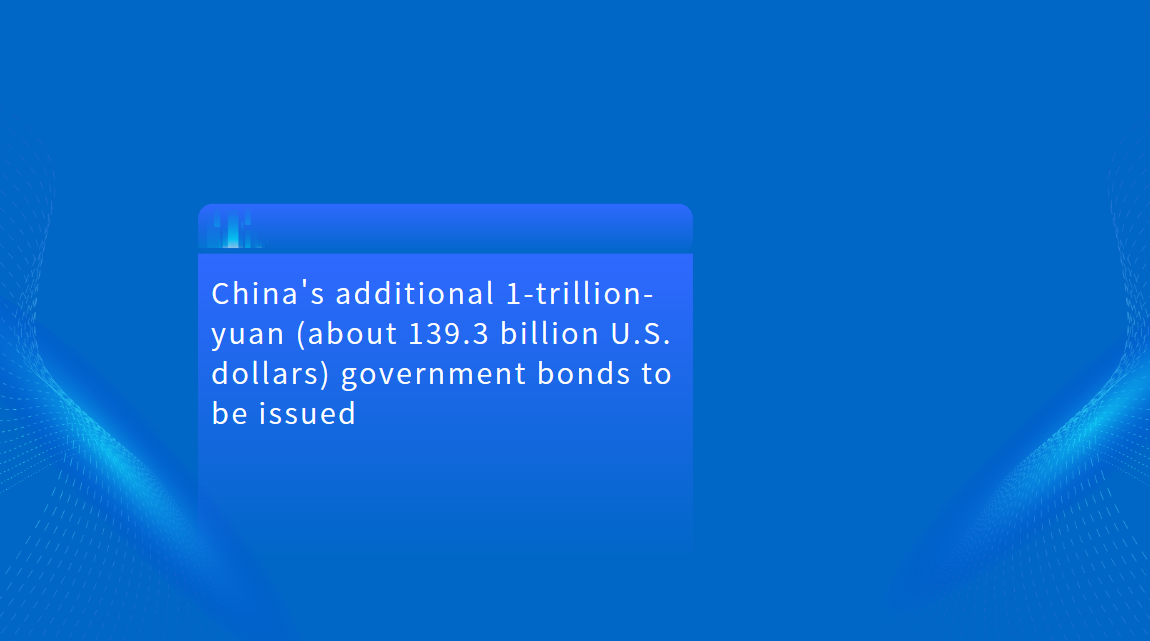




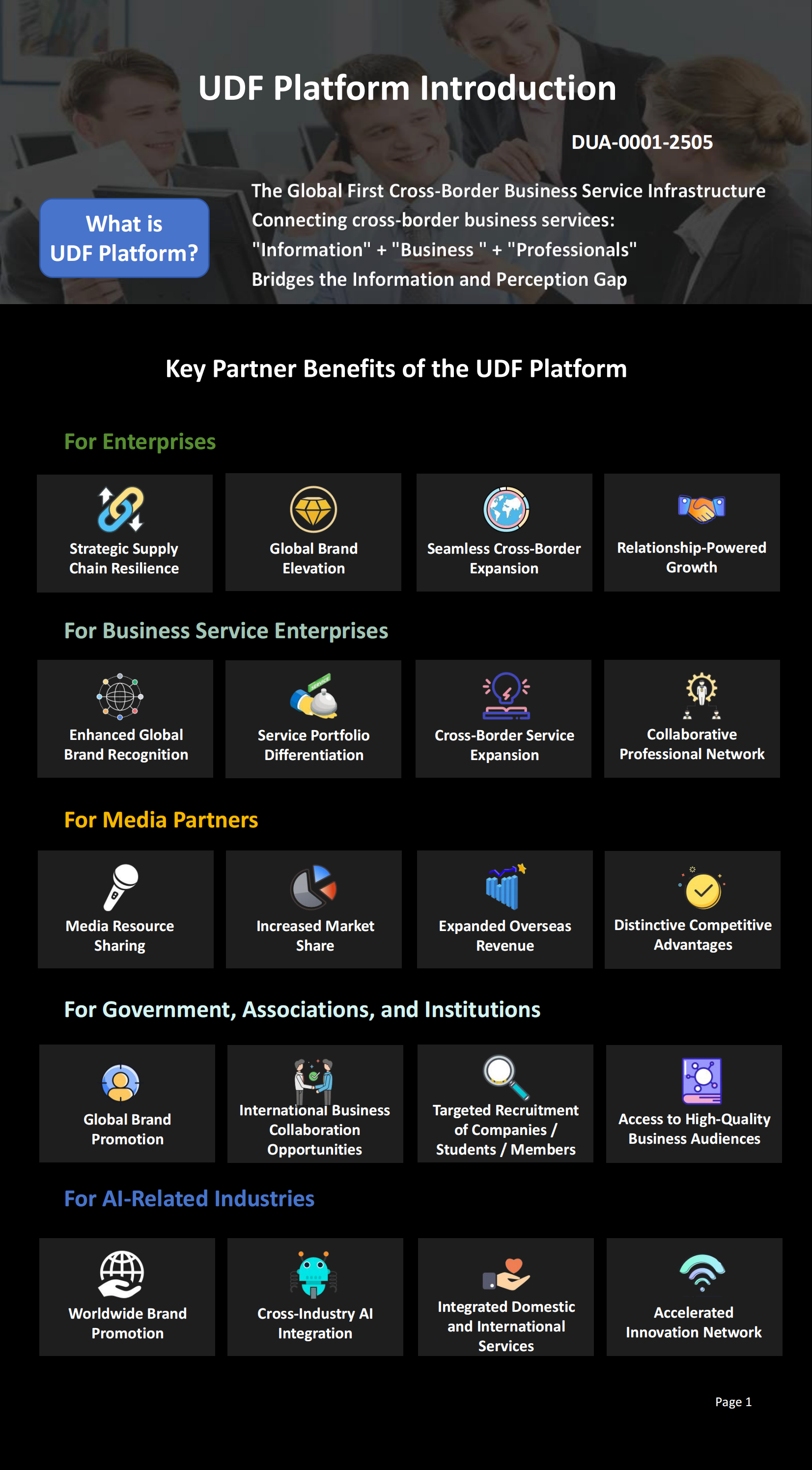




























First, please LoginComment After ~